As an offshoot to the mini-series of posts on “Old Coptic Magical Texts”, that is, magical texts featuring Egyptian text written in an Old Coptic script, this post provides a brief introduction to Old Coptic writing – at once the parent and sibling of standard Coptic writing.
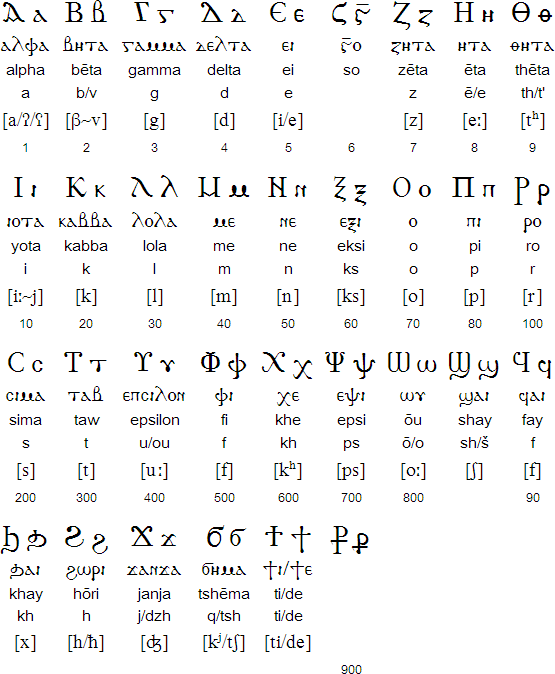
As implied by the name itself, Old Coptic writing is, in most cases, ‘older’ than standard Coptic writing. As such, it is often seen as a predecessor of Coptic writing. But this is only an accurate distinction when the different Old Coptic scripts are compared to the later, standardised, Coptic script. When Old Coptic scripts were first developed, in the 1st century CE at the latest, they would have been seen as new and innovative. In contrast to texts written in the standard Coptic script, which were used to write the various dialects of the Coptic form of the Egyptian language, the majority of texts written in Old Coptic scripts were written in forms of the Egyptian language which predated standard Coptic writing. The Egyptian language is conventionally delineated into Old Egyptian, Middle Egyptian, Late Egyptian, Demotic and Coptic. Conventionally seen, Old Egyptian originated in the Old Kingdom, Middle Egyptian in the Middle Kingdom, Late Egyptian in the New Kingdom, Demotic in the Late Period, and Coptic in the Roman Period. While Demotic and Coptic were mostly, although not exclusively, written in the scripts of the same name, the earlier forms of the Egyptian language were written in hieroglyphs and hieratic – with texts in Old, Middle, and Late Egyptian also known in demotic script! In theory, just as the demotic script, Old Coptic scripts could be used to transliterate alphabetically any text in any form of the Egyptian language.
That is to say, Old Coptic scripts wrote those forms of the Egyptian language conventionally written in hieroglyphic, hieratic, and demotic scripts. The majority of Old Coptic texts, then, date back to a time when Coptic had not yet been standardised. Old Coptic texts are therefore at once a connection with a past textual culture in hieroglyphs, hieratic, and demotic – the traditional scripts of the Egyptian writing system – and a precursor of contemporary and successive textual cultures in Coptic which grow in prominence from the 4th century CE onwards.
To understand the historical development of the Coptic script, a simple analogy would be to compare the difference between Old Coptic and standard Coptic script with that of Middle English and modern English letters. While Old English is found written in Runes as well as Latin script, just as many of the texts we have that were written in an Old Coptic script could also have been written in hieratic or demotic, Middle English is found in the Latin alphabet. But Middle English still used letters derived from runes, i.e. ð (as in English “the”), þ ( as in “thing”), and ƿ (as in “who”), just as standard Coptic used letters derived from demotic, i.e. ϣ, ϥ, ϩ, ϫ, and ⳓ. The letters derived from runes are no longer used in the alphabet that writes modern English, while many of the letters derived from demotic that are found in Old Coptic scripts were no longer used in the alphabet that wrote standard Coptic. In the development of scripts – especially those that are part borrowed from two or more scripts, letters not only change their shape over time, but also drop out of use. Just as Old Coptic scripts could, like the demotic script, be used to transliterate alphabetically any text in any form of the Egyptian language, modern editions of Middle English texts are often transliterated in modern English script and modern spellings that would be familiar to someone who does not know those signs derived from Runes, or the archaic spellings of the Middle English words.
Old Coptic scripts, just like the standard Coptic script, are based principally on Greek majuscule/uncial, with a collection of signs derived from the demotic script to write sounds that were present in Egyptian but not in Greek. In standard Coptic script, the letters derived from demotic are, leaving out ϯ – whose origins are still debated, those which are found at the end of the alphabet. This can be compared to the letters ä, ö, ü, and ß at the end of the German alphabet, which were themselves later additions to the Latin alphabet.
In Sahidic, the most prominent of the early Coptic dialects, ϣ writes a “sh” sound (as in English “shoe”), ϥ an “f” (as in “fine”), ϩ an “h” sound (as in “help”), ϫ a “tch” sound (as in “cheese”), ϭ a “ky” sound (as in “cute”), and ⳉ and Ϧ a “kh” sound (as in German “Bach”). ⳉ was only used in writing the Akhmimic dialect of Coptic, and Ϧ the Bohairic dialect, because Akhmimic and Bohairic were the only main dialects to retain a “kh” sound. Not just in Old Coptic, then, but in different dialects written with the standard Coptic script, different letters could be used for the same, as well as different, sounds.
Without dwelling too much on palaeography (the letters with which, and way in which, a particular hand writes a particular script), Old Coptic texts also set themselves apart from standard Coptic texts. They make use of additional, as well as different, letters derived from the demotic script to write sounds from the Egyptian language not present in Greek. For example, while the standard Coptic alphabet uses ϣ to write “sh”, one of the Old Coptic alphabets in PGM IV uses ⳓ (not to be confused with standard Coptic ϭ), derived from the Demotic sign used to write ḫ; this sound was originally pronounced something like “ch” in German “Bach”, but had changed to be pronounced like “sh” in English “shoe” in many words. In other Old Coptic texts, the Demotic signs ⳋ and ⳕ, derived from demotic signs for a sound transliterated conventionally as ḥ, were used to express either dialectal differences in pronunciation, or transliterations of archaic spelling of older words. Neither of these signs, nor this historical sound, are found in any dialect of standard Coptic. But Greek letters could also be used in Old Coptic scripts in ways different to how they were used in the standard Coptic script. For example, ⲭ (in modern Greek also pronounced like “ch” in German “Bach”) is used in some texts in PGM IV in the way that ϩ (as in English “house”) is usually used in standard Coptic.
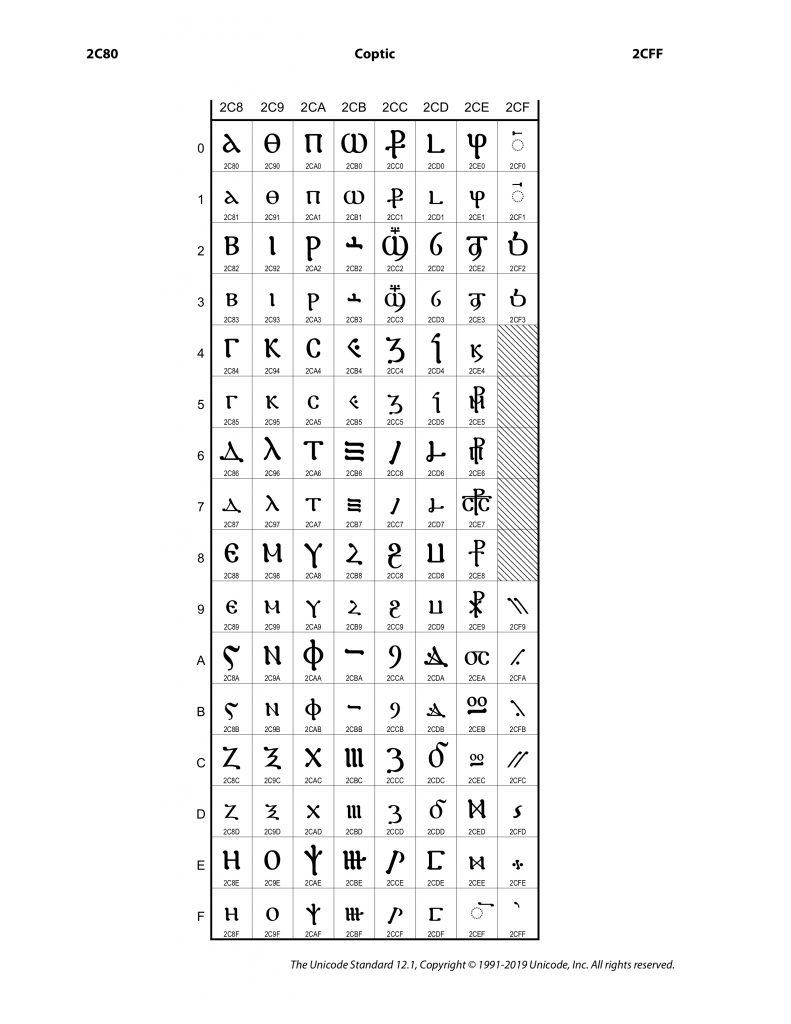
2CB2 to 2C8E and 2CC4 to 2CDB are Old Coptic letters
The Unicode Standard 6.3, © 1991-2013 Unicode, Inc. All rights reserved.
While the Greek letters used in Old Coptic scripts usually conform to contemporary Greek usage, sometimes the differences between the letters in Old Coptic scripts and the standard Coptic script are simply “morphological” – they concern only the shapes of the signs. Some Old Coptic scripts, then, use ⳗ, derived from Demotic ḏ, or ⳙ, perhaps derived from Demotic ḏ<ḏd, in exactly the same way as standard Coptic script uses ϫ. These differences attest regional variations in how the demotic script was adapted for writing alphabetically, with the standard Coptic script opting for a morphology of ϫ.
Old Coptic scripts were used to write everything from short glosses to hieratic texts (supralinear clarifications about the pronunciation or meanings of words) to extensive ritual invocations transcribed from texts that were otherwise written in hieratic or demotic. Although there are several examples of Old Coptic scripts being used in ritual texts, they are not limited – nor are they most frequently attested – in such texts. However, because Old Coptic is found used to write ritual texts such as magical texts some scholars have proposed that the alphabetic nature of Old Coptic allowed for the more accurate pronunciation of words than traditional Egyptian scripts which did not usually write vowels. However, technical astrological texts (a lot oracle and a set of horoscopic predictions) as well as mummy labels were also found written in Old Coptic, and so there were evidently other reasons for its use. In short, Old Coptic is actually found to write a significant part of the spectrum of the kinds of texts that are otherwise much more commonly found written in hieratic and demotic during the 1st and 2nd centuries CE.
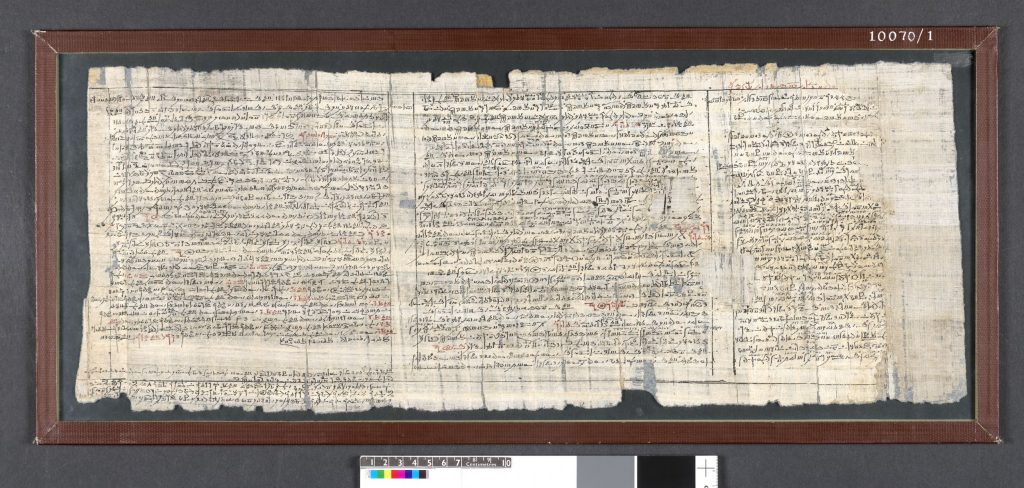
one of the so-called Demotic magical papyri which features glosses in Old Coptic script
© Trustees of the British Museum
Old Coptic originated in the communities of the priesthoods of Egyptian cults. These institutions were the only places where hieroglyphic, hieratic and demotic scripts could be learned and written during the Roman Period. However, the perseverance of Old Coptic scripts into the second half of the 3rd and 4th century CE suggests that the Old Coptic scripts had an afterlife not enjoyed by most of those priesthoods. During the 1st and 2nd centuries CE, there are several hoards of papyri that were produced by several different temple institutions, evidencing continued writing in hieroglyphs, hieratic, and demotic. This drops off precipitously, however, at the turn of the 3rd century CE. As a result, the 3rd and early 4th century Old Coptic texts – all of which are found within handbooks of magical recipes, are the latest testimonies of earlier Egyptian textual culture, produced at a time during which there is little to no evidence of other Egyptian writing other than the emergence of standard Coptic writing during the 3rd century CE.

a handbook of magical texts
The middle third of this page contains a different Old Coptic script to that used to write the text on the bottom third of the page © BnF Gallica
Although we have seen that these Old Coptic texts are written in an alphabetic script that can be quite different to the standard Coptic script, it is not impossible to imagine that, even during the 4th century CE, an Egyptian speaker who was literate in the standard Coptic script would be able to decipher and understand quite a lot from these older texts. This is at least in the case of the magical recipes of PGM IV; after all, modern Copticists without training in Demotic or other earlier forms of the Egyptian language have been able to read those particular texts without too much difficulty. By comparison, there is another set of magical texts in an Old Coptic script, upon P. BM EA 10808, which has had as many different interpretations as there have been scholars who have attempted to decipher it! The difficulties of this text come from a combination of the Old Coptic script used as well as the archaic language that is used in that text. It seems, then, that some Old Coptic texts would have been understandable to an Egyptian speaker and Coptic literate of the 4th century, while some remain obscure even now.
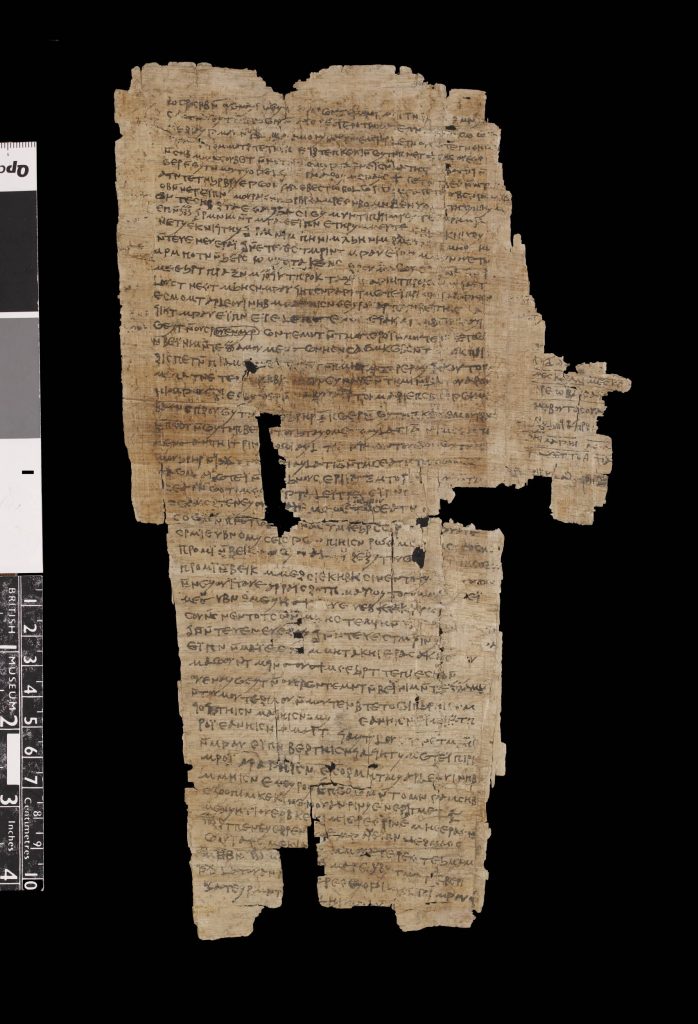
© The Trustees of the British Museum
Overall, when thinking about the relevance of Old Coptic to the study of Coptic magical texts, we can envisage that Old Coptic texts like those in PGM IV could have been transmitted to readers and therefore magical practitioners who were not from the same communities as those in which the Old Coptic scripts emerged. But this need not come as a surprise. After all, the standard Coptic script shares a ‘common ancestor’ with at least one of the Old Coptic scripts. This led Joachim Quack (2017), in a recent article, to highlight that while one Old Coptic script was the ‘parent’ of, the majority of Old Coptic scripts remained ‘siblings’ to, the standard Coptic script.
Bibliography and Further Reading
For the most recent and comprehensive survey of Old Coptic scripts and writing, see
Quack, Joachim Friedrich. “How the Coptic Script Came About”. In Greek Influence on Egyptian-Coptic: Contact-Induced Change in an Ancient African Language, edited by Eitan Grossman, Peter Dils, Tonio Sebastian Richter, and Wolfgang Schenkel, 2017, 27-96.
See also the discussion and bibliography on Old Coptic in §2.1 of
Love, Edward O. D. Code-Switching with the Gods: The Bilingual (Old Coptic-Greek) Spells of PGM IV (P. Bibliothèque nationale supplement Grec. 574) and their Linguistic, Religious, and Socio-cultural Context in Late Roman Egypt. Berlin: De Gruyter, 2016. URL
In a recently accepted DPhil thesis, Love has also studied the sources for Old Coptic scripts, alongside script use in contemporary textual culture in hieroglyphs, hieratic, and demotic during the Roman Period.
For formative studies on Old Coptic, see
Satzinger, Helmut, 1991, “Old Coptic”. In The Coptic Encyclopedia, edited by Aziz Atiya. New York: Macmillan, 1991, 169b-175b. URL
Kasser, R., 1991, “Old Coptic Alphabets”. In The Coptic Encyclopedia, edited by Aziz Atiya. New York: Macmillan, 1991, 41a-45b. URL

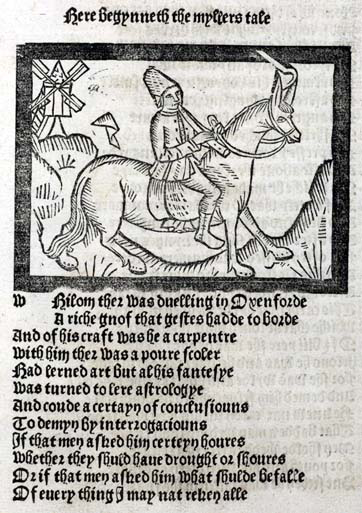
2 Comments
Mahmoud Amer Ahmed Mohamed
Hello dear,
I have an inquiry about do you have any texts related to questions to oralcles or prayers texts ?
My best regards
Mahmoud
Korshi
Hello Mahmoud – yes, there are quite a few oracle tickets in Coptic, and a lot of prayers, although neither of these genres is the focus of our study here. If you would like some help finding references please let me know and I can email you some suggestions.